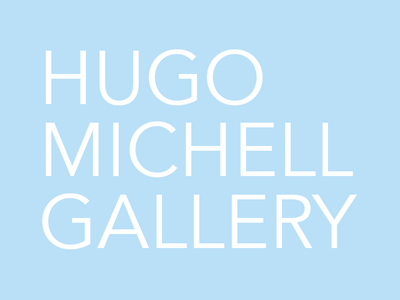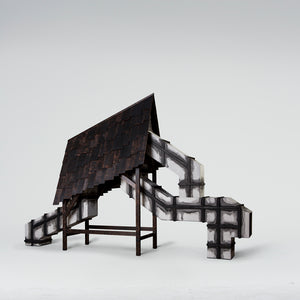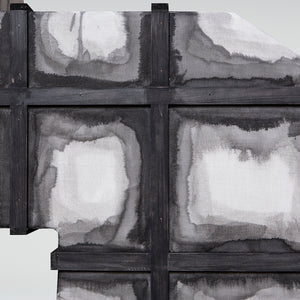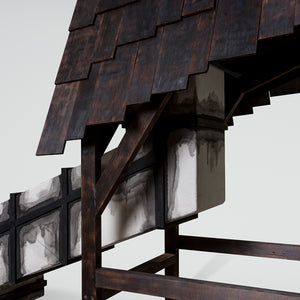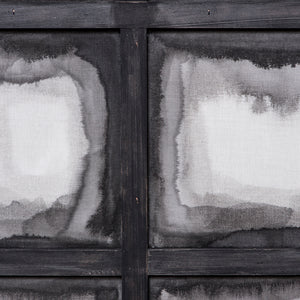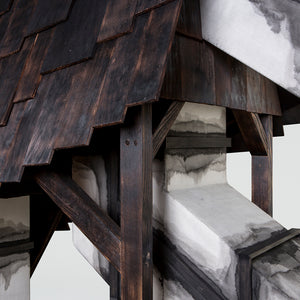JULIA ROBINSON STRUCTURE FOR NAVIGATING AN UNKNOWN AFTERLIFE
2016
As soon as I laid eyes on this work while in-progress, I couldn’t help but imagine that it was getting ready to snap out of its motionless state and traipse out the studio door on a mission. Had it done that, I would have eagerly followed it with the same curiosity that tempted me to climb into the completed work – despite its unknown terrain and my own mortality being at stake given the structure’s conceptual purpose – calling to mind the connection that Robinson’s husband and fellow artist Roy Ananda made between this work and a Dungeons & Dragons experience.
A progression from The Middle Place, one of her CACSA works, Structure for navigating an unknown afterlife takes a more lofty position in space with a more ambiguous trajectory – ascending as well as descending – to speak more about the journeying of transition and what it might look like. Its main body is house-like or church portico, with a medieval flavour. Its burnt shingles are a nod to the internal action, perhaps a burning ritual. The tunnels, body/coffin size, map a notional journey in space, where the body might pass through. Their linen ‘skin’ refers to the embalming or wrapping of bodies. The grid is a sketch in space where a body might traverse through, and intimates that the tunnels are endless. The staining reflects in its action the idea of attending to, preparing, washing a lifeless body; in its effect it shows signs of an internal body, bleeding and breathing from the inside.
In contrast to the many culturally varied burial chambers, graves, tombs, crypts that Robinson has drawn inspiration from, this structure is suggestively animated, brimming with the potential to physically lumber around – like a large animal specimen might do were it to ever liberate itself from its museum case captor – as it transports its passengers along an unchartered path.
The Tardis also comes to mind. Wikipedia says: “a properly maintained and piloted Tardis can transport its occupants to any point in time and space. Its interior is much larger than its exterior. It possesses a degree of sapience (or wisdom) and provides its users with additional tools and abilities, including a universal translation system based on telepathy." Perhaps any burial chamber could be perceived to have these qualities (depending on the religious denomination that informs it?).
For this work, Robinson again drew from curiosities of myths and legends, theology, as well as European and Scandinavian folklore, even the ceremonial practices of the ancient Pharaohs. Most importantly, she addresses our fundamental need for ritual.
As with much of her work, Structure for navigating an unknown afterlife is imbued with humour and a sense of the illogical. If you are aware of or consider the artist’s relatively recent move to atheism, you could be forgiven to think that this work is challenging or seeking to debunk the very notion of an afterlife and the need for such a structure.
Yet, Structure for navigating an unknown afterlife is an offering for how we might better negotiate that space in time when we feel the need to imagine where those we love, but who no longer breathe, might be destined beyond a hole in the ground or as scattered ashes. It also stands as a speculation that might incite us to look forward to our turn, with a sense of intrigue.
Published by fineprint Magazine, issue 12: DESTRUCTION, November 2017
